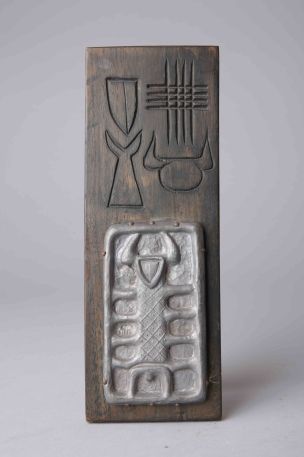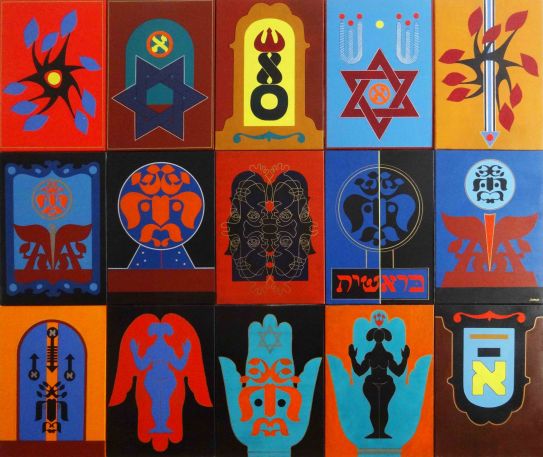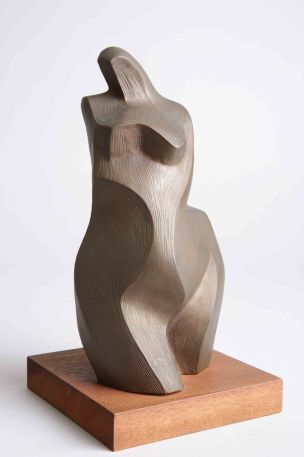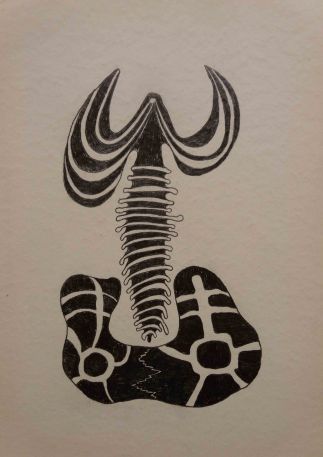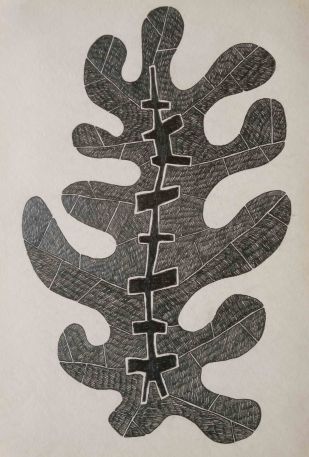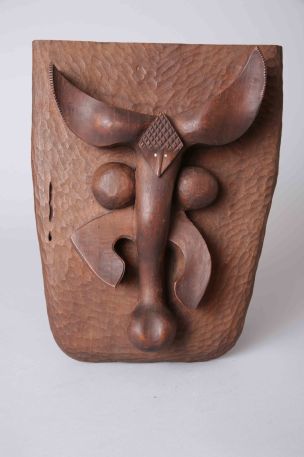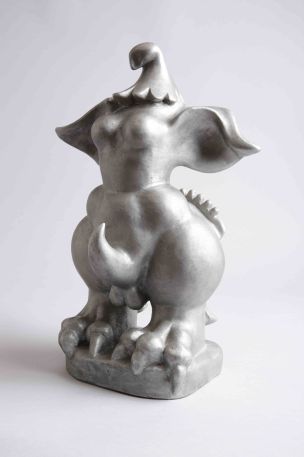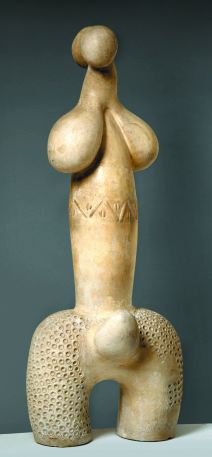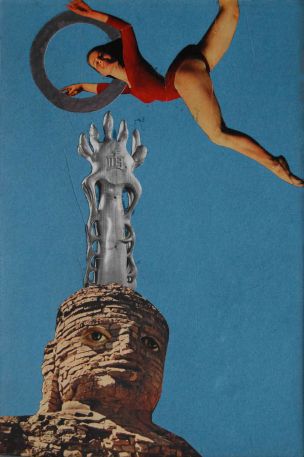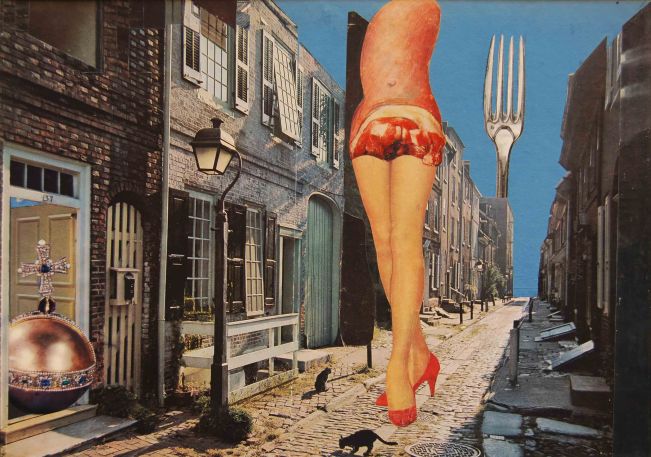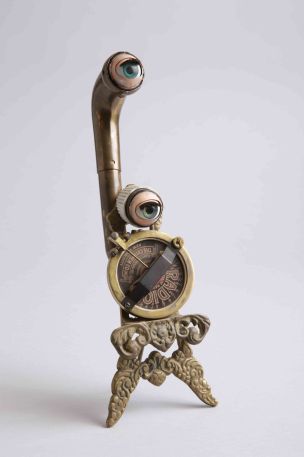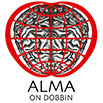
József Jakovits: Surrealist, Primitivist, Kabalist
QCC Art Gallery, Queens, NY
December 9, 2014 throughFebruary 22, 2015
This exhibition and publication, co-produced with QCC Art Gallery, City University of New York (CUNY), surveys the career of Hungarian-American artist József Jakovits (1909 – 1994). Inspired by Surrealism and Primitivism, Jakovits was the leading sculptor in Hungary’s avant-garde art group, the European School, whose brilliant program lasted from 1945 until 1948, when Hungary’s Communist government banned the artists. Jakovits labored on in obscurity until he was permitted to emigrate to the United States in 1965, where Kabalism became his leading inspiration.
Curated by Gary van Wyk.
-
József Jakovits (1909 – 1994) was the leading sculptor among Hungary’s Modernist art group, the European School, whose brilliant program of exhibitions, lectures, and publications lasted from 1945 until 1948, when Communist culture czars crushed it.
Jakovits was an autodidact inspired by Surrealism and Primitivism. His sculpture resonated with primal sexuality and spirituality, blending genders, animal and human characteristics, and sacred and secular themes. This stance was inherently political in conservative and communist Hungary, and his overtly anti-totalitarian work was even more intolerable in Hungary. Grasping an opportunity to emigrate to the United States in 1965, Jakovits settled in New York City in 1965.
A chance encounter with a Hebrew primer introduced Jakovits to the Kabala, which “drifted him away from reality,” as he put it, because he found in Hebrew letters “a language where divine revelation is preserved and where there is a magical connection between the letters and what they represent.” Though not raised a Jew, Jakovits was finally able to fuse his elemental inspirations, and his preoccupation with the idea of creation, through Hebrew mysticism.
Jakovits resettled in Budapest in 1987, and received some belated recognition. However, his work—and that of the European School in general—has still not received the attention it deserves. This exhibition, staged by Alma on Dobbin in conjunction with QCC Art Gallery, CUNY, is the first comprehensive exhibition of Jakovits’s work outside Hungary. The bilingual English-Hungarian book produced to accompany the exhibition is the first in English devoted to Jakovits, and the first to bring together and illustrate in color the artist’s sculpture and his two-dimensional works on paper and on canvas.
© ALMA 2014

